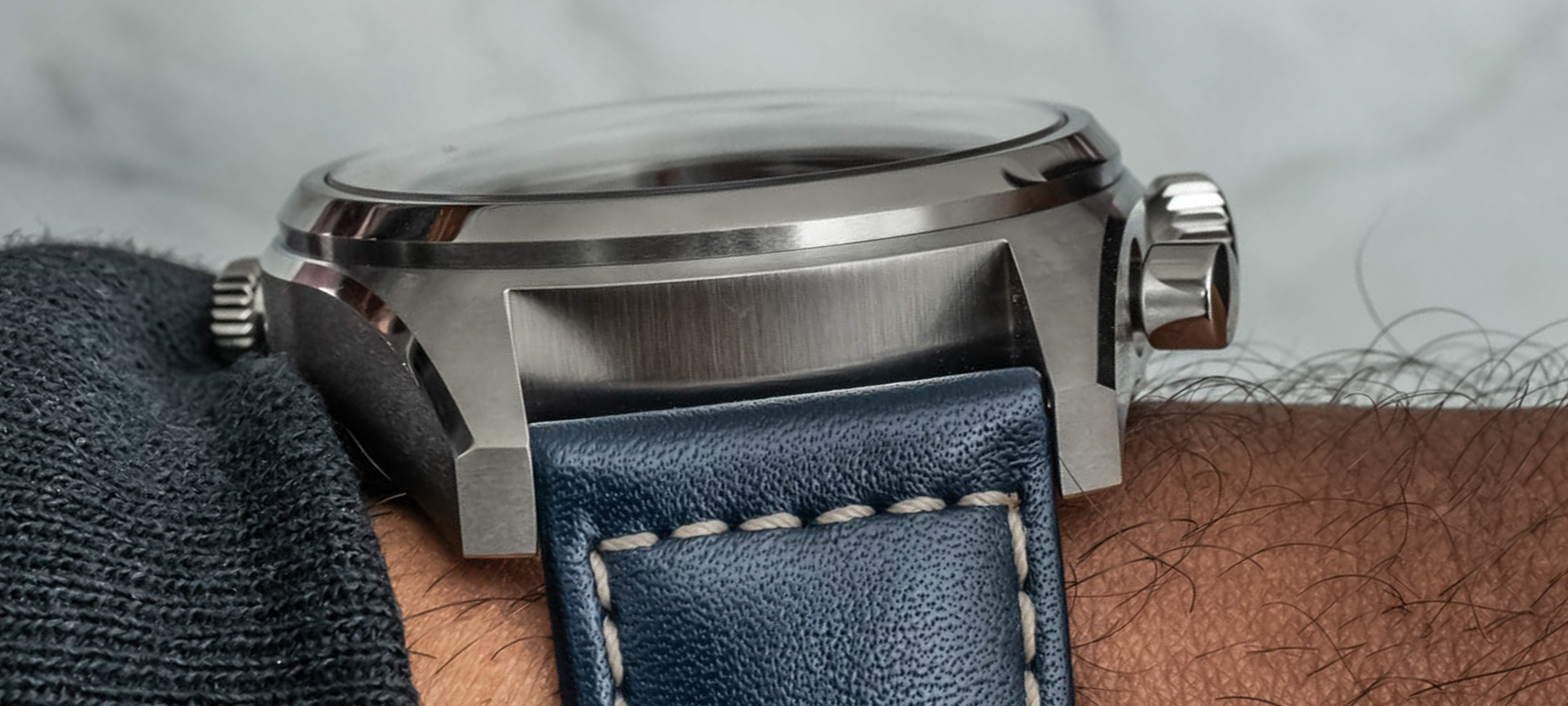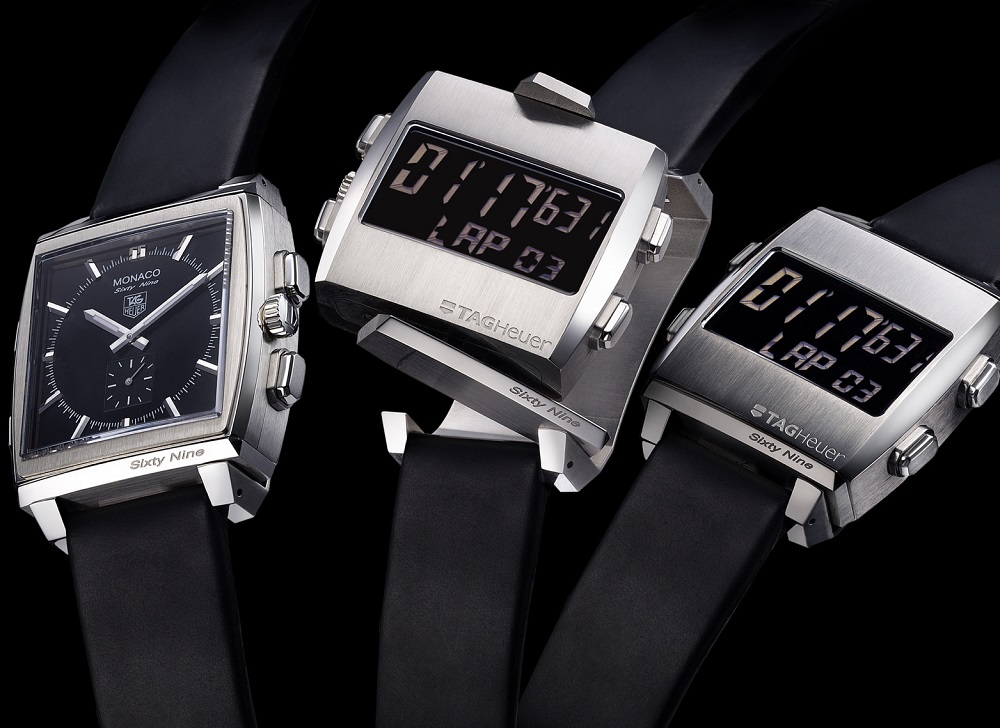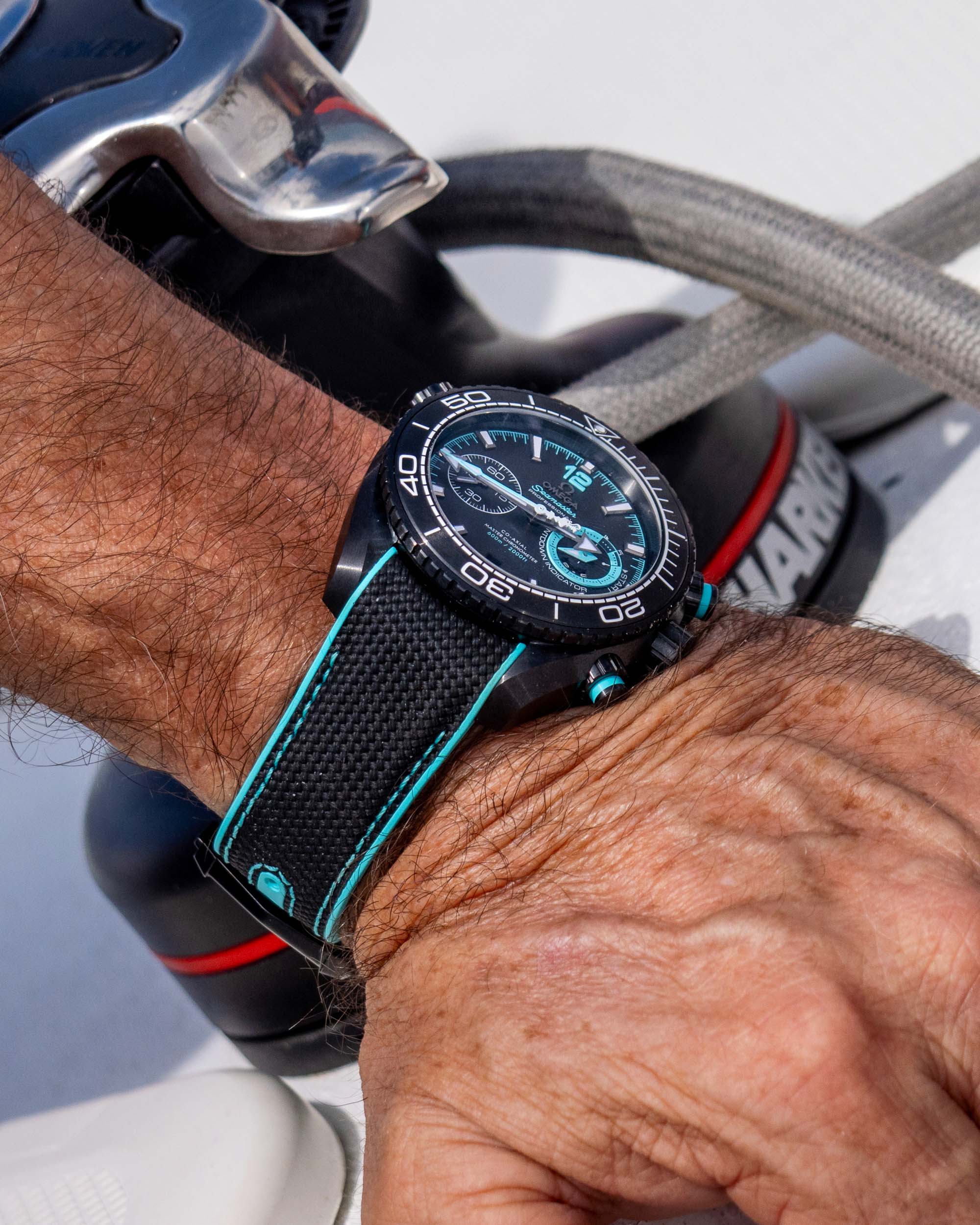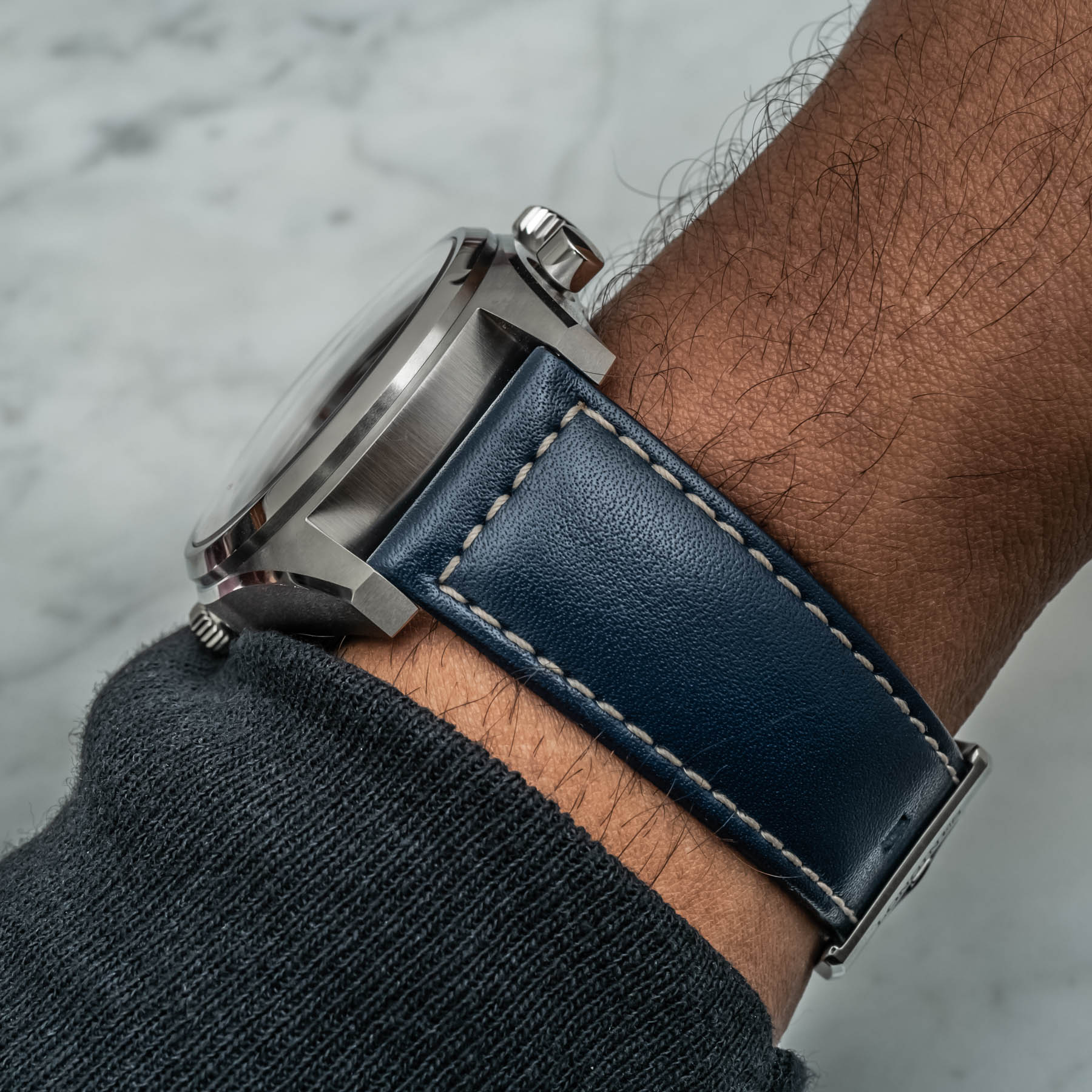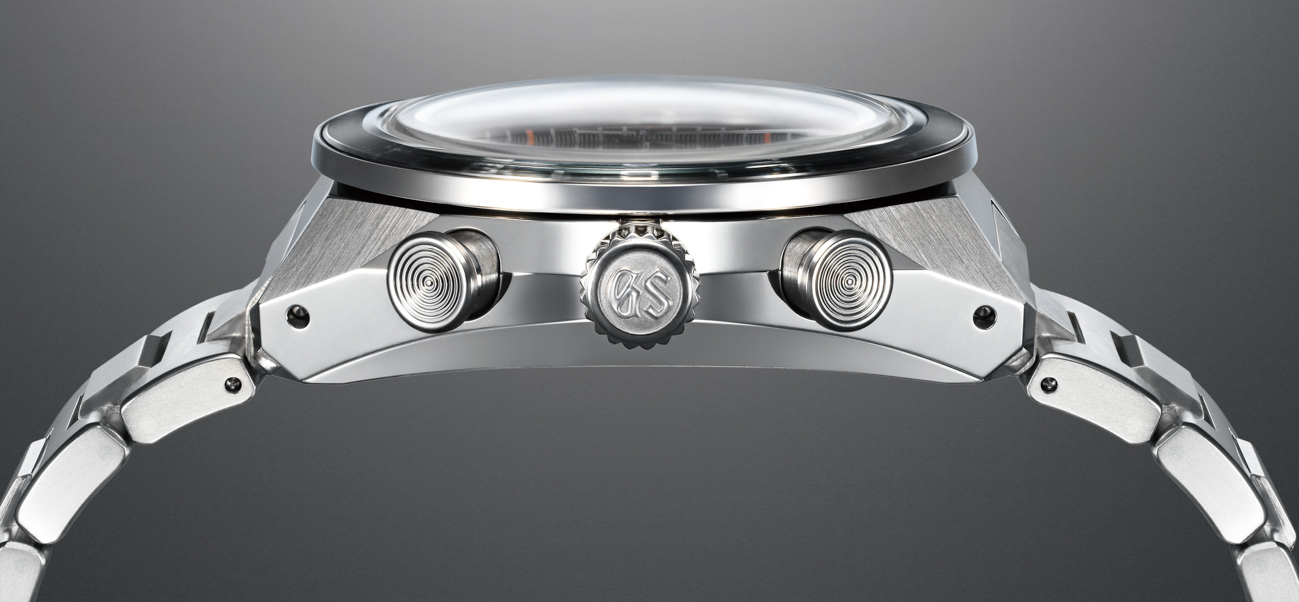
Ah, it sure was fun while it lasted. Much of the ’00s and virtually all of the ’10s were about the next great (as in, literally, large) timepiece and who could cram more indications and complications into the steadily expanding confines of wristwatches. New materials could be bonded to old ones — ceramic and carbon and glorified plastics could be layered on top of a steel or titanium core — just as multiple hands could be stacked on top of each other sitting higher and higher above their dials. Water resistance could reach yet newer and stupider depths, as one major Swiss watchmaker tried to out-claim the other in a race to the bottom with watches that looked and felt as light and agile as nuclear submarines. What the heck, even Lange made an unwearable and disproportionate 31-day power reserve watch nobody asked for. And so something got lost in the game and it got lost for good: Dignified engineering. Oh, and wearing comfort. And lasting aesthetic appeal.
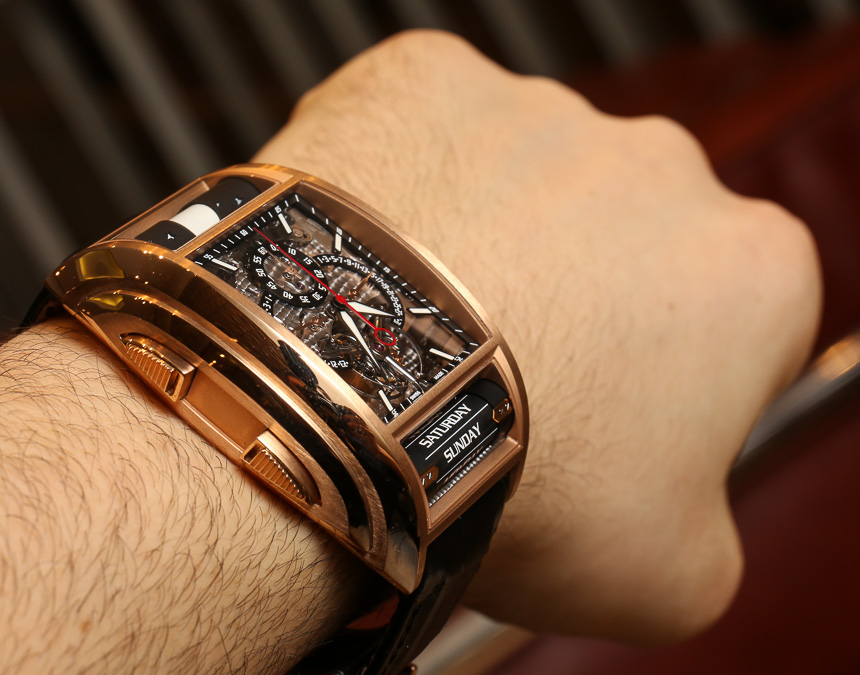
Thick watches with lots of more or less useless functions and other engineering solutions were fun in a way an action movie franchise is fun — like how Fast & Furious was entertaining for some of us for the first few times with cars flying around and people switching between multiple vehicles mid-air or mid-journey — but that recipe gets tired after a while and so all we begin to want is a grey-suited Bond to fling someone through an office window. It’s back to basics there, and, for the thesis of this Grinding Gears column, it’s back to basics for me: I can’t take borderline oversized watches seriously anymore.
Disclaimer: It should go without saying, but here goes, there naturally are many different wrist sizes and some of those make big and thick watches look great — they might even require a very large timepiece indeed for anything else wears petite on them. That said, I believe thick watches are a hindrance and a liability even for them, as such watches tend to get caught up on or banged against everyday objects much more frequently than their slimmer counterparts.
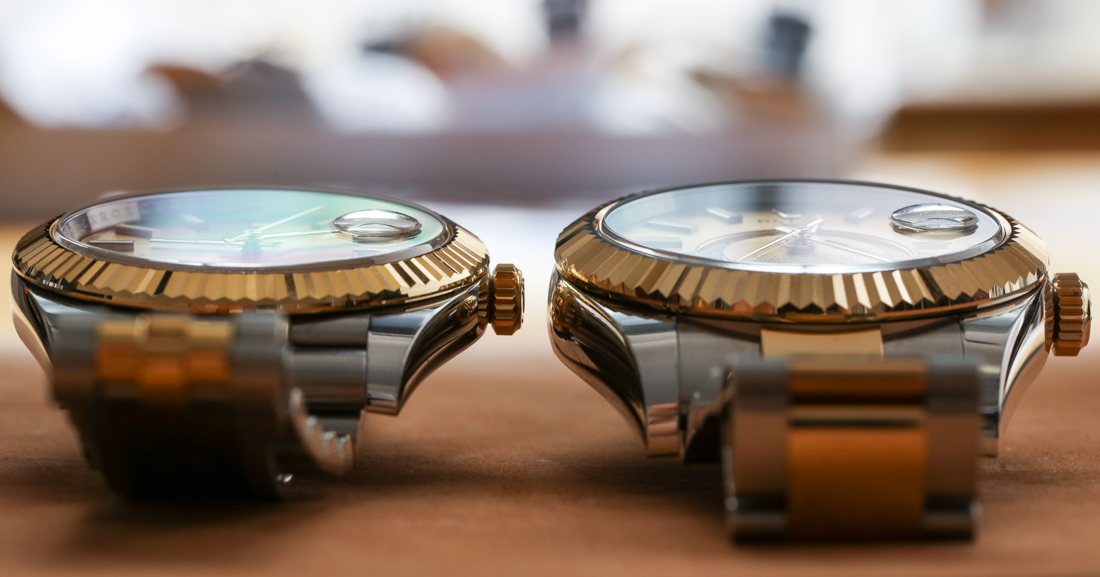
Datejust 41 vs Sky-Dweller — the added mechanical complexity comes at a cost, and not just price-wise.
My heart is torn because (of course!) I love an annual calendar, a flyback chronograph, or a beautiful case with many compound layers and an architectural design to it. But something recently changed and it is as though my mind shuts off when these are presented in an ungainly package. It’s like making a 200-mile-per-hour car, but at the cost of it weighing 5,000 pounds and being 20 feet long. Many truly masterful engineering achievements get to reign supreme because they are in a usable package. The Tesla that runs a quarter mile in under 10 seconds is impressive because it is a rather more ordinary car inside and out that you should be able to use as a daily comfort, unlike a purpose-built high-performance car with a modified drivetrain that destroys itself in stop-and-go traffic.
A large part of the appeal of mechanical watches for many of us lies in their technical complexity and in their mastery of miniaturization. The accuracy and refinement with which mechanical movements perform their complicated tasks is a thing of wonder and the people who conceive and make them deserve every bit of praise. There is another fascinating consequence of their hard work, though, which is that over the last few decades, many complications and features have found their way into yet smaller spaces as any extra millimeter in diameter or height in a mechanical movement comes at a premium when it already has to accommodate a larger mainspring for a longer power reserve and/or parts that support a more reliable, robust, and tactile operation of any and all functions from keyless works through chronograph pushers to instantaneous date changes at midnight. Thankfully, the industry has put its greatest masterminds to work on making these subsets of parts ever smaller and more efficient, and it has to be said that the latest generation of mechanical movements display an impressive range of new functionalities including three or even five days of power reserve, superb tactile feedback, and a superior integration between various displays and functions.
There are many reasons why brands struggle to distance themselves from watches that are ungainly or simply too thick, but we’ll focus on just two this time. The first core issue lies in the fact that many brands — big ones — have invested heavily in the development of calibers designed to go in the large and thick cases popular in decades past, and many of these movements are either impossible or very difficult to fit into smaller cases. And even if they did fit, the resulting watch would be quite a burger on the wrist, as the thickness and diameter of a watch should be proportionate. These movements were very expensive to develop and to put into production, and the longer they stay in production the more units the brand will have to amortize development costs and the further it can put off investing into the research of a new family of movements.
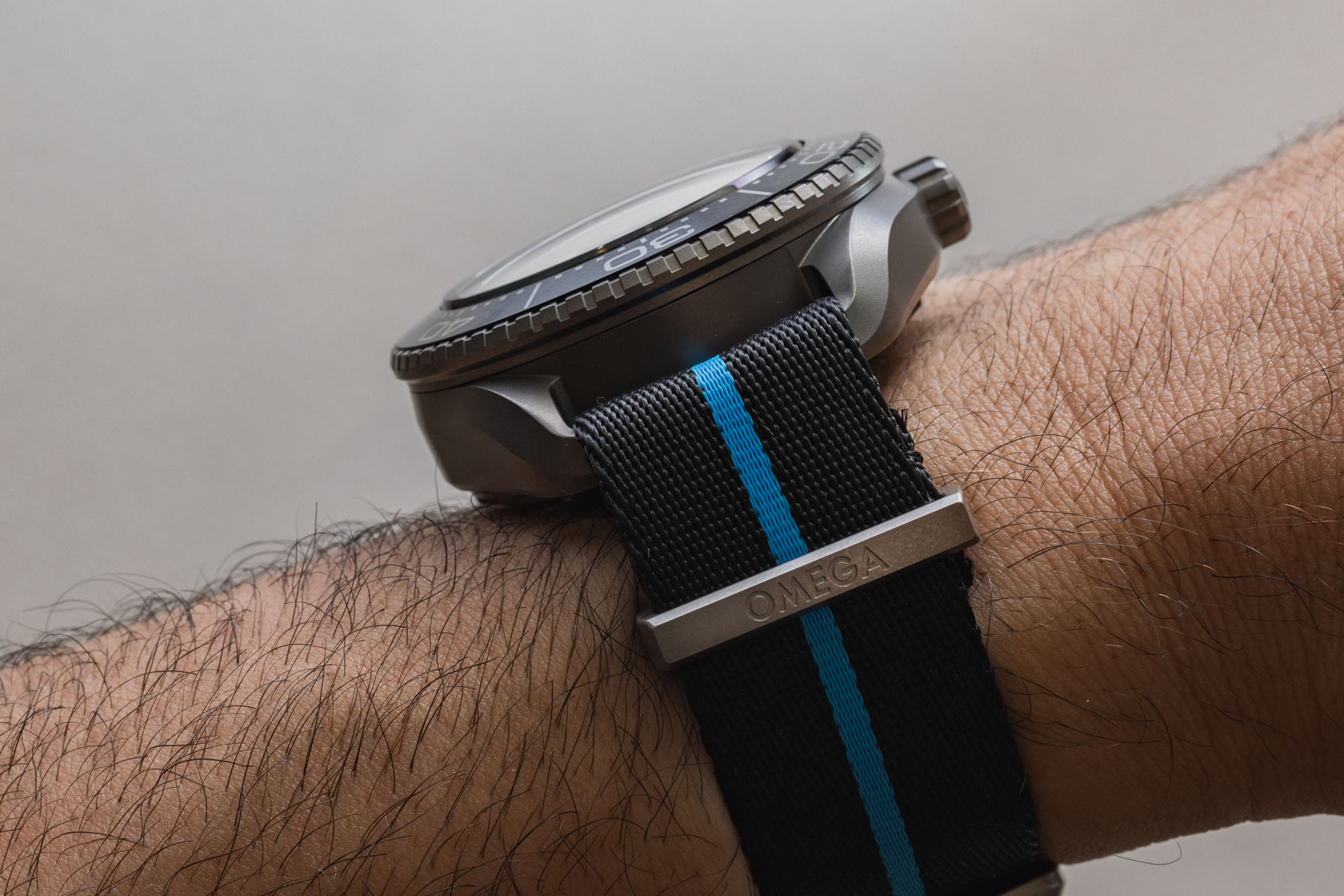
Some watches serve better strapped to the exterior of a submarine than a human wrist. That is also the only place where they can perform to design.
Second, many customers expect specifications or technical feats that are simply impossible to achieve within the confines of a decently wearable and beautifully proportionate watch. Having an 18.2mm-thick dive watch on your wrist that can survive 20 times the pressure that the wearer could (the record-setting super-human who prepared for such a dive their entire life, not the desk-diver watch enthusiast) is, to my eyes, a failed exercise. Yes, it is a watch that you can strap around your wrist, and yes it can go down to 20,000 feet (plus the ISO6425 standard’s requirement of a 25% safety margin), but it is not a proper watch for daily wear, just as a nitro-propelled fire-breathing modified Nissan GT-R is not a daily driver. And this is where we might differ, but I cannot consider an unwearable and uncomfortable watch to be a platform for engineering achievements among regular production wristwatches. In other words, I find an 11mm thick but 300m water-resistant watch a whole lot more impressive from a watchmaking perspective than an 18.2mm thick 6000m resistant one because I can and want to wear the former but not the latter.
We need not stretch that far — or that deep. As much as I love many modern Longines watches and applaud the brand for putting a COSC-certified, column wheel-equipped flyback chronograph in a titanium case and bracelet with a ceramic bezel out for $5,200, I couldn’t quite recommend that watch to buy and wear daily because it is 17mm thick. And I’m sorry, but that is just too much not to take the edge away from this otherwise remarkably competitive and appealing package. I would love to see Longines — and the Swatch Group and its many movement development and production facilities — throw some money at movement research and come up with a caliber that did away with the thick and ungainly 7750 architecture for good. It’s served us well for some 50 years by powering many fantastic and much-loved watches, but a 17mm thick watch we should all agree to call too thick in 2023. Even if it is a flyback and has an extended power reserve — it is simply too much.
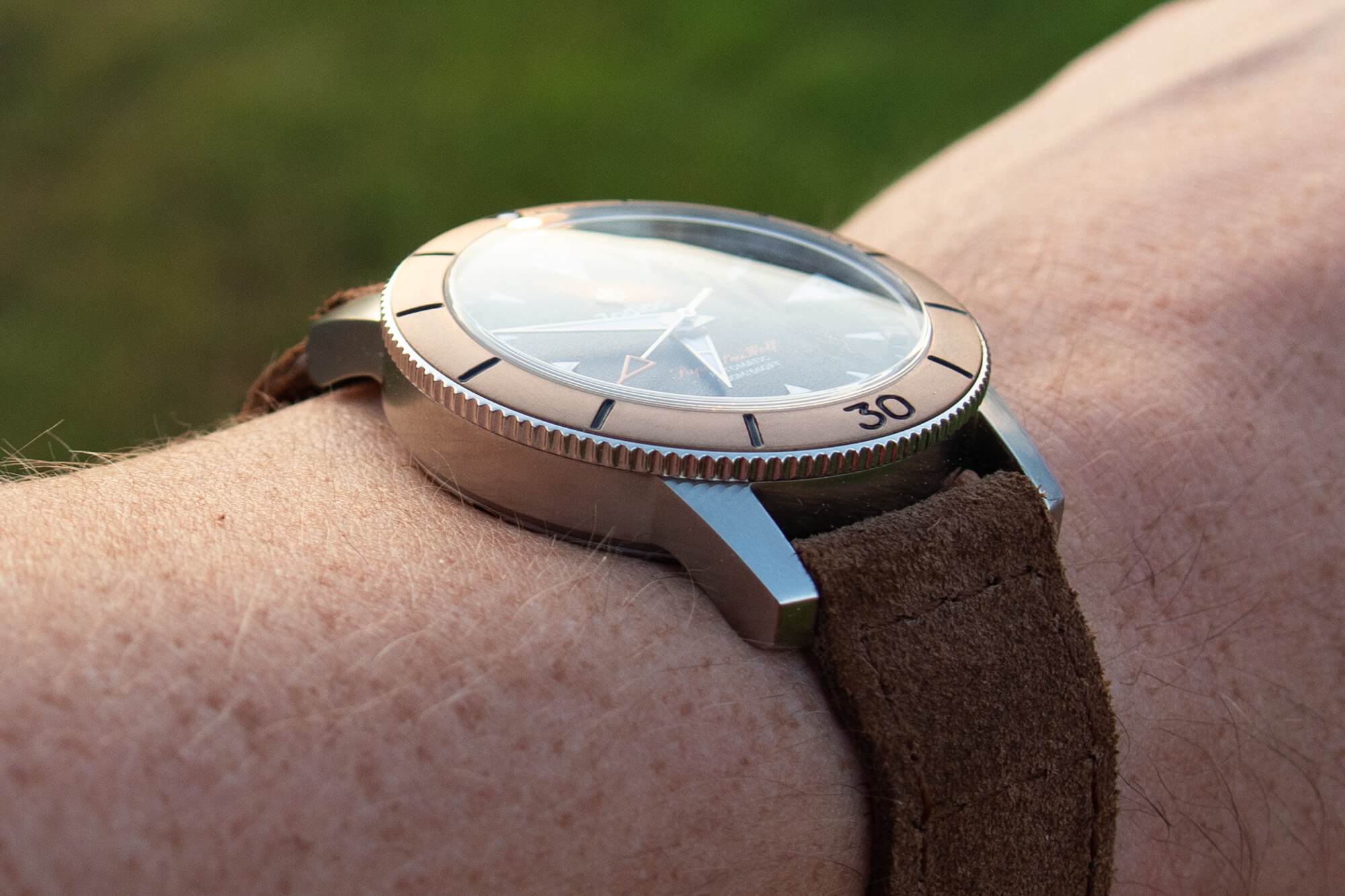
Proof there’s no need to go crazy with thinness: Part of the appeal (to me) of this Zodiac is that it isn’t another bulky diver.
In closing, I must stress that this is a personal — and perhaps temporary — approach of mine to thick watches, and I, as always, continue to encourage everyone to buy the watch they fancy and not listen to me, or indeed anyone else, to tell them what to like, enjoy, and appreciate. I do, however, wish to say that we, collectively, should continue pushing watch brands and insanely large and powerful conglomerates to keep pushing the watchmaking envelope and accept the fact that the 2010s are over and the trend on large watches has definitely turned. Nobody batted an eye on 45mm wide (or wider) and 17mm thick (or thicker) watches a decade or even less ago, but some small and major brands alike have begun to make impressively thin watches with new technical developments — and some intelligently identified compromises — and as time goes on, mark my words, thick and ungainly watches will only make proud manufactures look worse and worse.

